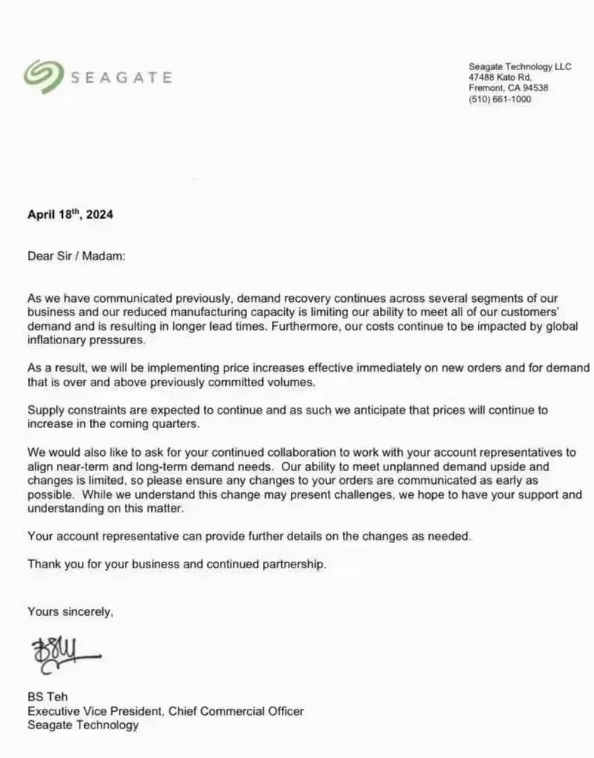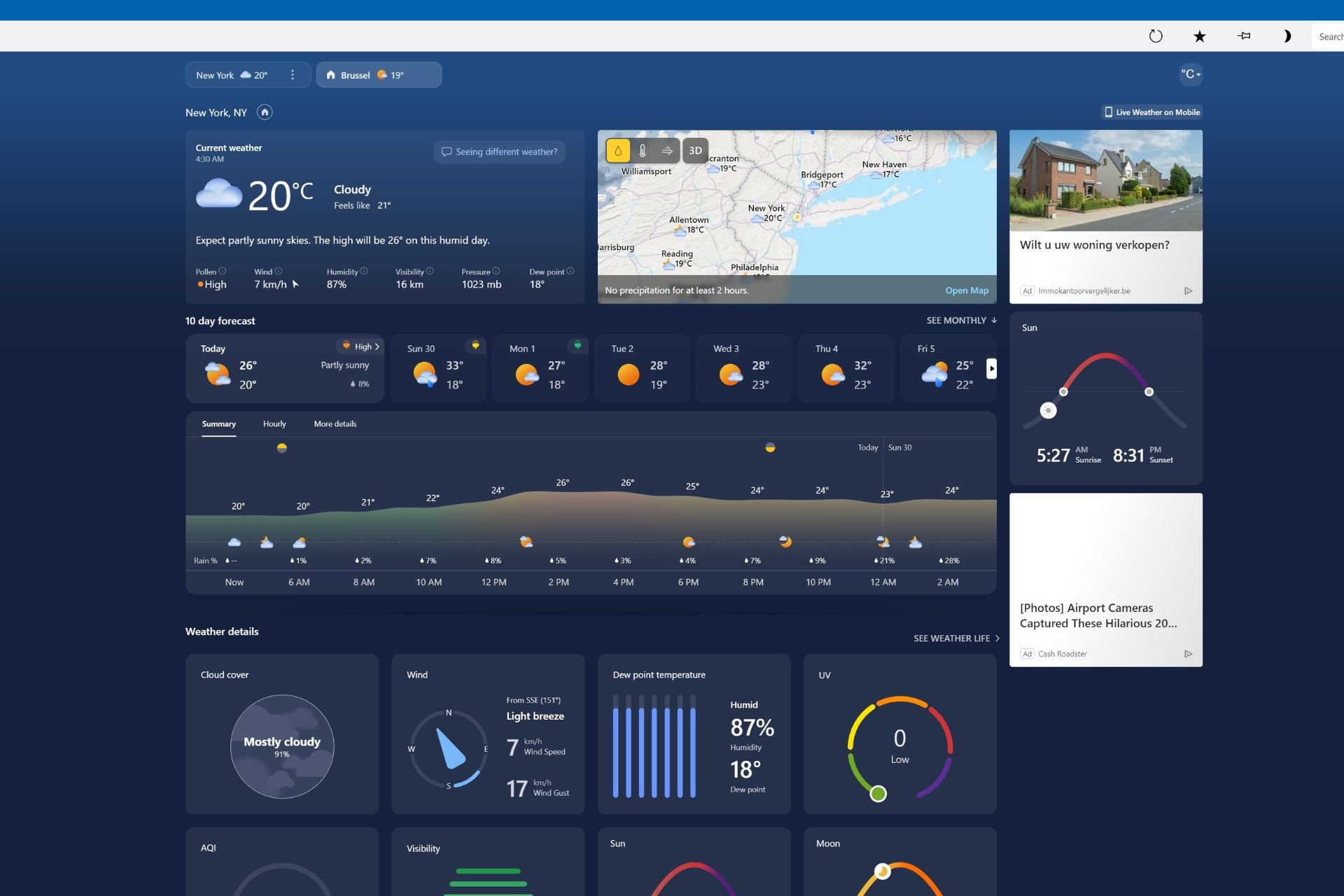After WDC, Seagate increases SSD and HDD prices effective immediately
Prices to rise in the coming quarters as well
2 min. read
Published on
Read our disclosure page to find out how can you help Windows Report sustain the editorial team Read more

We have been monitoring reports of increasing SSD prices for the last few months, and all major corporations now seem to be onboard with the plan. It started with Western Digital Corporation (WDC) announcing a price hike on April 18, 2024, followed by Seagate apprising retailers about the same.
Seagate’s letter to retailers cites growing global demand and inflation as the reasons behind raising the prices of its storage drive. This hike will be effective immediately on new orders and for demand over and above previously committed volumes, confirms Seagate.
Seagate also informs retailers that prices for SSDs and HDDs will continue to rise in the coming quarters, given the ongoing supply chain constraints, according to TrendForce.
As of now, there’s no official confirmation about the exact increase in price after the hike, but reports suggest that it would be in the 5%-10% range for HDDs and in a similar bracket for SSDs.
What fueled the rise in SSD prices?
There are several factors involved, from increased demand for Artificial Intelligence to companies recovering a share of the losses accrued over the years to accounting for inflation. AI coming into the mainstream is also the reason for the anticipated hike in PC prices.
Experts have previously warned against raising the prices of SSDs and HDDs, citing that it would affect the demand and, subsequently, result in more losses. They believe that companies must readjust production and only hike prices when absolutely essential, and that, too, by a small margin!
Whether or not to get an SSD right now is a gamble. What if you can get one, and the prices fall due to reduced demand? On the other hand, what if you wait and manufacturers continue raising the prices, as detailed in Seagate’s letter to retailers?
There are a ton of factors to consider, including analyzing the cost implications and exigency for an HDD or SSD. Although second-hand SSDs and used HDDs always remain a viable option!
What do you believe is the best way to tackle an increase in SSD price? Share with our readers in the comments section.









